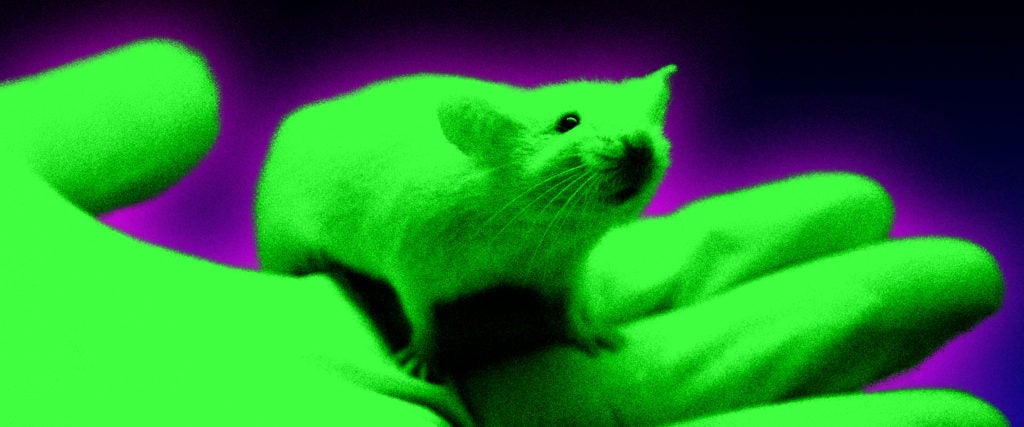We’ve got the hard work of scientists to thank for the development of a COVID-19 vaccine, but they didn’t do it alone. Lab mice are regularly used in research and development of medicines, but the ones who helped create the forthcoming vaccine from Moderna had something a little extra special about them: They glowed.
The glowing-mice phenomenon began in 2010, when stem-cell biologist Derrick Rossi, then a professor at Harvard University, injected mice with a modified version of messenger DNA. This messenger DNA, called mRNA, can essentially code cells to produce specific proteins. In Rossi’s project, he injected mRNA that produces the protein used by fireflies to light up. When measured for bioluminescence, the mice did indeed glow like fireflies, themselves. What this proved was that mRNA could be edited and injected to perform specific tasks.
That same year, Rossi helped found Moderna — short for modified RNA.
Basically, the successful creation of glowing mice became the principal experiment behind the company producing one of the major COVID-19 vaccines. Last week, Moderna published efficacy results from their vaccine trials demonstrating 94 percent effectiveness. They’re currently seeking regulatory clearance from the Food and Drug Administration to begin distribution. Both Moderna and Pfizer’s vaccines are mRNA-based vaccines, designed to produce a protein within the body that triggers an immune response, in turn producing antibodies.
Glowing mice are surprisingly not the only connection between COVID-19 and bioluminescence. In June, scientists in Japan developed a way to utilize the protein enzymes that cause bioluminescence in order to identify antibodies in blood. When engineered to do so, these enzymes can cause blood containing antibodies to emit a blue hue, whereas blood without antibodies emits green. In the study, the protein successfully identified HIV, dengue fever and the flu in pig’s blood. In the future, the researchers speculate that this could provide a cheaper, easier means of testing for COVID-19 antibodies in humans.
So maybe those glowing mice weren’t in the lab studying the COVID-19 vaccine themselves, but they’re still largely responsible for the existence of mRNA-based science.

